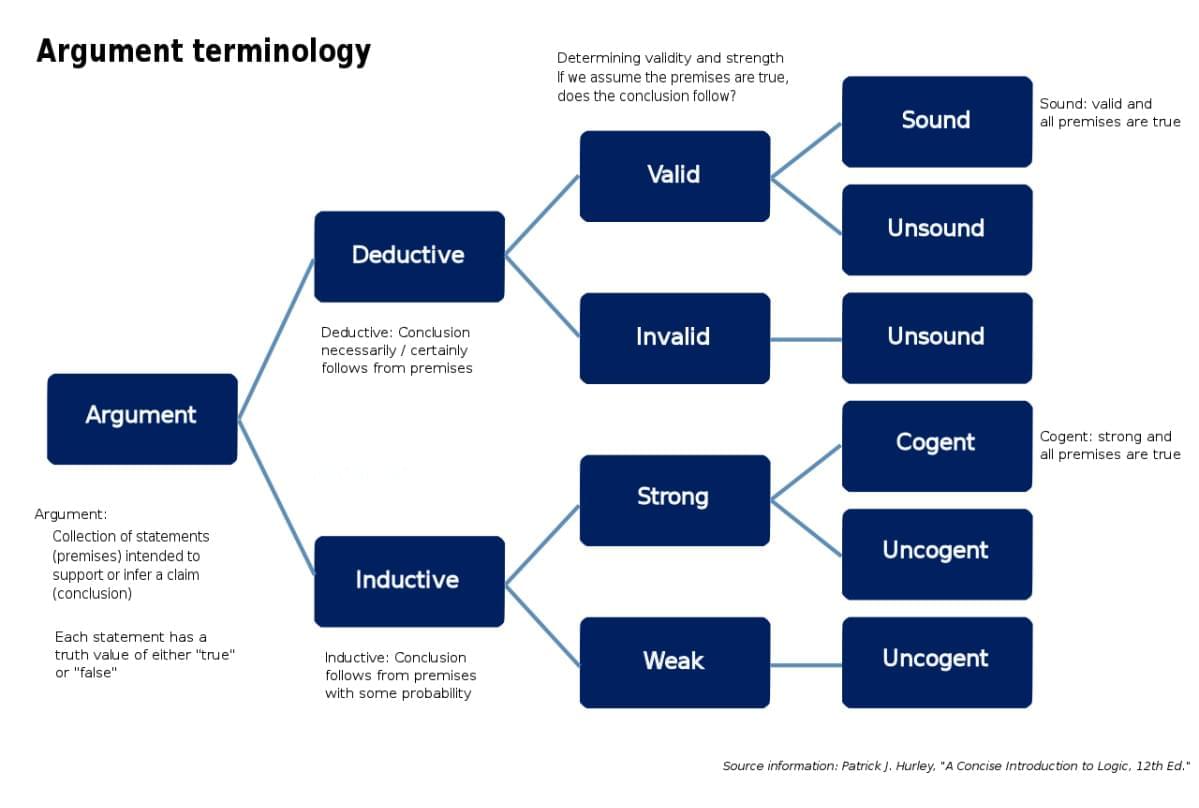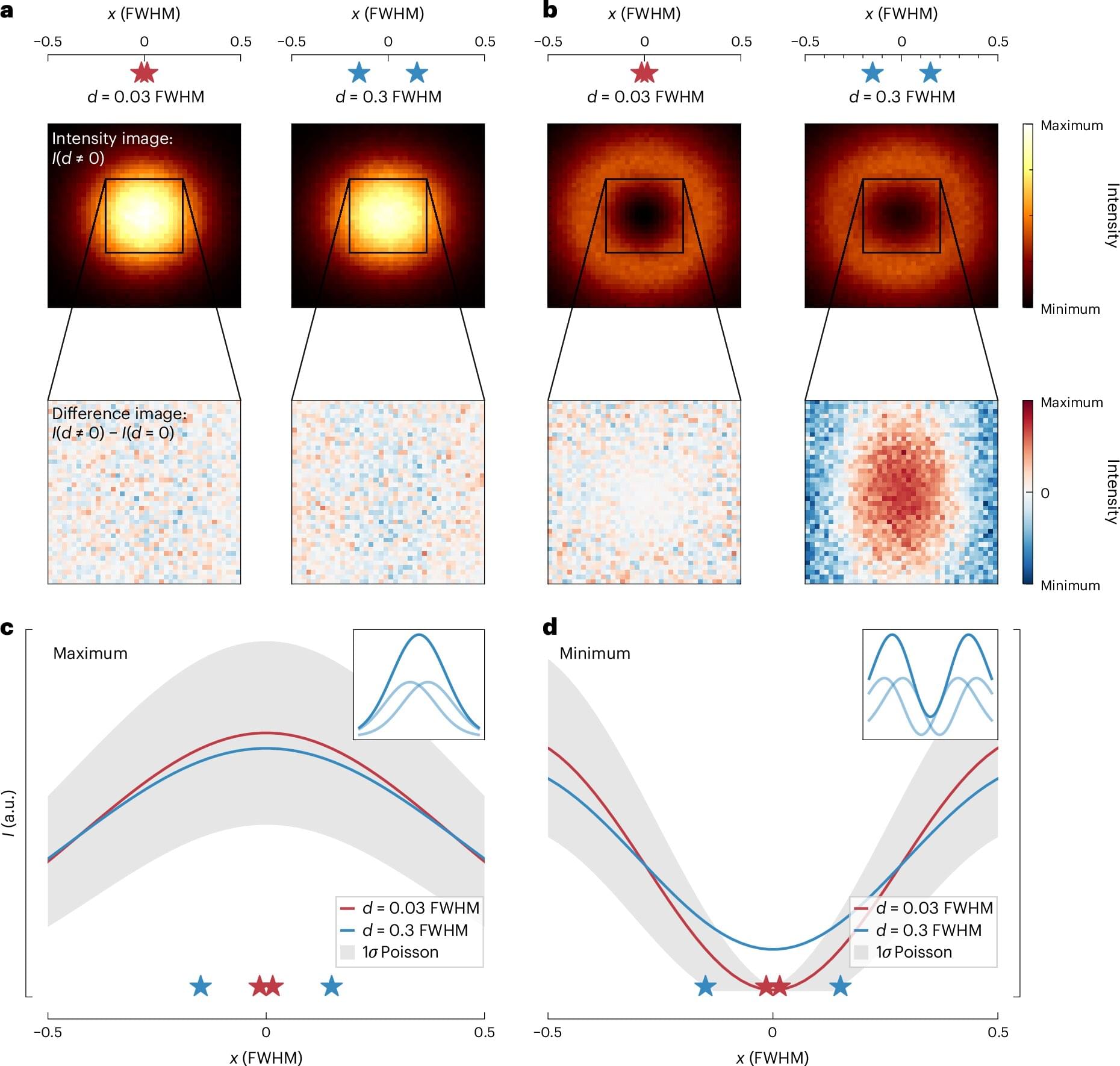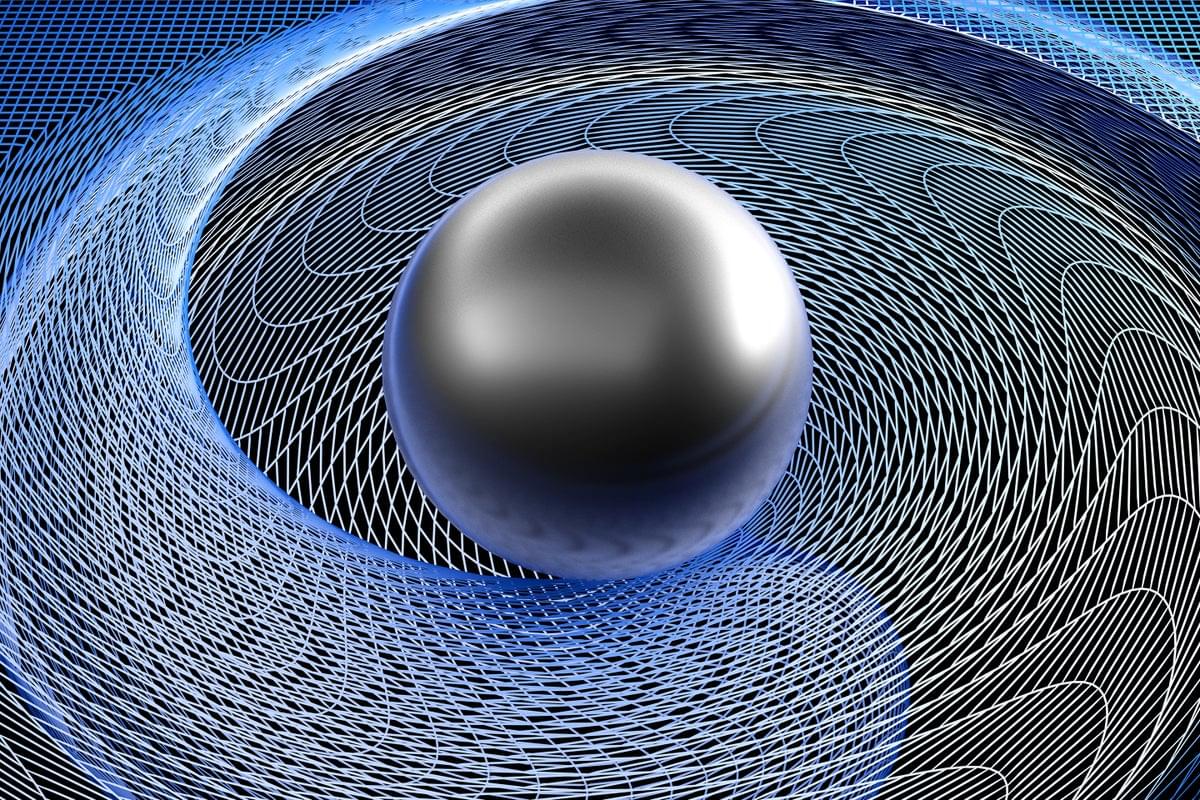Second, the crucial point is that there is no such thing as “natural resources.” That term implies that resources are already existing quantities that we merely have to pick up. In reality, resources are services that we derive by combining raw materials with knowledge and purpose. As Simon put it:
“…natural phenomena such as copper and oil and land were not resources until humans discovered their uses and found out how to extract and process them, and thereby made their services available to us. Hence resources are, in the most meaningful sense, created, and when this happens their availability increases and continues to increases as long as our knowledge of how to obtain them increases faster than our use of them, which is the history of all natural resources.” (p.75 footnote)
When people talk about what percentage of world resources are used up by the population of the USA they fail to recognize the creation of resources. Humans have become ever better at creating resources. Consider farmland. Farmland is not a natural resource. It requires tools and work by humans to produce what we want. And metals: Before we knew how to extract and use them, the vast amounts of tin, lead, iron, aluminum and other metals were not resources, they were merely materials. Neither oil nor gas nor petroleum were considered resources until humans saw how to use them to produce value and added our knowledge to turn minerals into resources.






